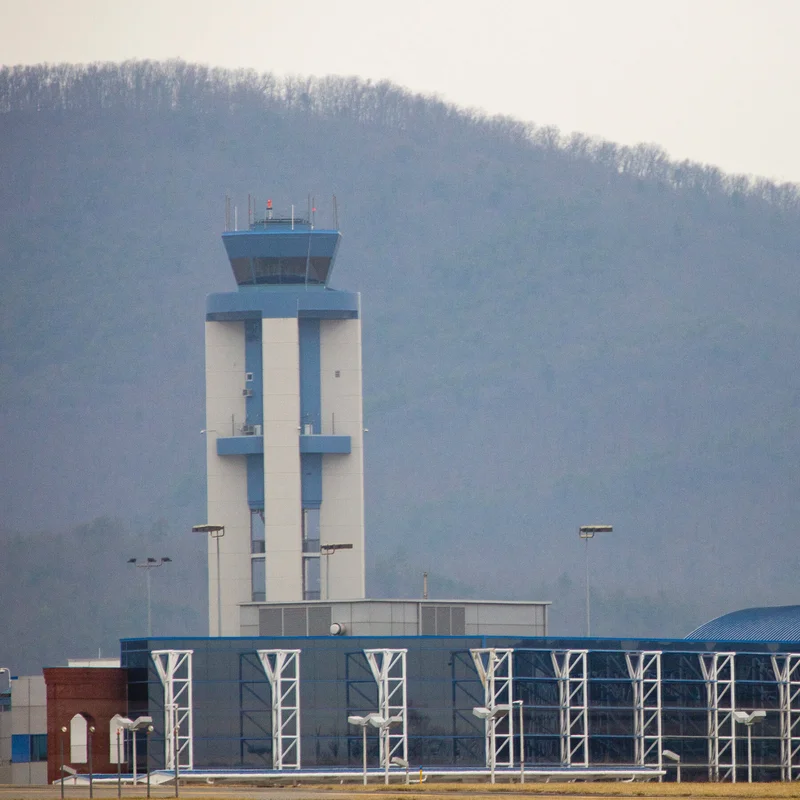AI Spending Spree: The $400 Billion Gamble
The world’s biggest tech companies are in the midst of an unprecedented AI spending spree, pouring hundreds of billions of dollars into data centers, specialized chips, and server infrastructure. This massive investment has been cheered by Wall Street, but a growing chorus of analysts and investors is starting to ask: is this a sustainable strategy or the makings of a dangerous bubble?
The Scale of the Investment
The numbers are staggering. In 2025 alone, Big Tech is on track to spend a collective $400 billion on AI-related capital expenditures . This is just the beginning. Projections from Morgan Stanley suggest that from 2025 to 2028, the total global investment in AI infrastructure—including chips, servers, and data centers—could reach a mind-boggling $2.9 trillion .
Companies like Meta have already signaled their commitment to this path. Over the summer, Meta raised the midpoint of its 2025 capital expenditure forecast by $1 billion, bringing its total projected spend to $69 billion .
Why the AI Spending Spree?
The driving force behind this AI spending spree is a fierce competitive race. Tech giants believe that owning the most powerful and efficient AI infrastructure is the key to future dominance. This includes developing proprietary large language models, offering AI-as-a-service to other businesses, and integrating AI deeply into their core products.
Wall Street has largely rewarded this aggressive strategy. Investors see these massive investments as a necessary cost of securing a leadership position in the next technological era . The market has been willing to overlook short-term profit dips in favor of long-term AI-driven growth potential.
The Looming Concerns
However, the party may not last forever. Several key concerns are fueling the bubble talk:
- Return on Investment (ROI) Uncertainty: While the vision is clear, the path to monetizing these colossal investments is still being paved. It’s unclear if the revenue from AI services will be enough to justify the current spending levels.
- Market Saturation: As every major player builds out their own infrastructure, there’s a risk of overcapacity. If the demand for AI compute doesn’t grow as fast as the supply, it could lead to a market correction.
- Cash Flow Pressure: Even for companies with massive cash reserves, this level of spending can strain cash flow from operations, potentially impacting other areas of the business or shareholder returns .
What’s Next for the AI Arms Race?
The AI spending spree shows no signs of slowing down in the immediate future. The race for AI supremacy is a high-stakes game where falling behind is not an option. Companies are betting that their massive investments today will create an unassailable moat of technology and data that will generate profits for decades to come.
Yet, the question remains: will this be remembered as a period of brilliant, forward-thinking investment, or a classic example of a speculative bubble? The answer will depend on whether the promised AI revolution can deliver real, scalable economic value that matches the trillions being spent to build it.




